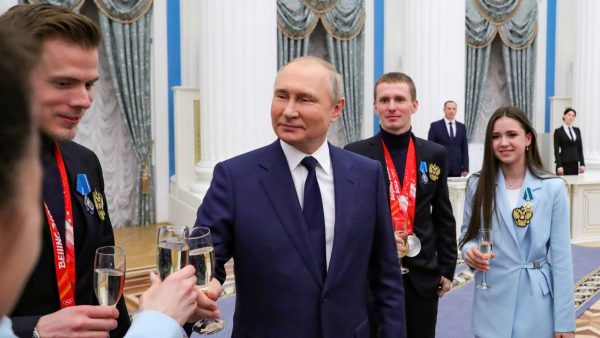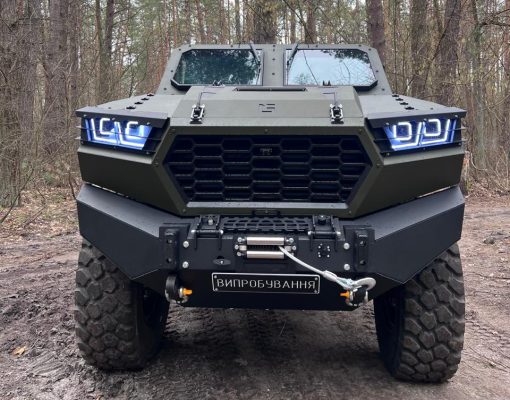There has been much emphasis on the negatives from July’s Vilnius summit and much disappointment expressed.
But as the smoke clears, it is important to focus more closely on what was agreed and what it means. Here are the essentials.
Alliance members approved a three-element package to bring Ukraine closer to NATO.
- A multi-year assistance program to accelerate the transition from Soviet-era doctrines and equipment to NATO standards.
- A reaffirmation that Ukraine will join NATO, and the removal of the need for a Membership Action Plan (MAP), is usually an essential step for aspirant countries. Ukraine’s membership path will now be a one-step, rather than a two-step process, and Kyiv will be invited to join “when allies agree, and conditions are met.”
- The creation of a NATO-Ukraine Council, a forum for crisis consultation and decision-making, where Ukraine and alliance members will meet as equals.
The first is a positive and practical commitment to support Ukraine’s current fight against Russia and to advance defense and security sector reform. The second is a political compromise where the language used could leave Ukraine’s accession in limbo for an indefinite amount of time. It reads much like NATO’s statement at its Bucharest summit in 2008 when Ukraine was promised membership but given no path to get there.
However, it is the third element that has been most overlooked. If tailored and fully utilized, the NATO-Ukraine Council could advance the partnership and bring Ukraine closer to accession.
Prior to Vilnius, Ukraine was part of the NATO-Ukraine Commission, established in Madrid in 1997. The Commission’s responsibilities included assessing the development of the NATO-Ukraine relationship, and it served as a venue for discussions on future cooperation. The Commission’s responsibilities were extended in December 2008, when NATO foreign ministers tasked it with developing an Annual National Programme (ANP), in which Kyiv set out reforms and defined strategic aims, goals, and priorities. Progress was assessed by alliance members in consultation with Ukraine.
The Commission was the decision-making body responsible for the NATO-Ukraine relationship and directed cooperative activities until 2023. It has provided a forum for consultation on Russia’s war against Ukraine since 2014.
At first glance, it might seem the NATO-Ukraine Council will replace the Commission, but it is an altogether different animal. The Commission was a body composed of Ukraine plus all 31 alliance members, and there needed to be a unanimous agreement for meetings to take place (for years, Hungary blocked them at the ministerial level.) Its meetings had NATO members sitting at the table talking to (or at) Ukraine.
By shifting this to a Council, the dynamics have changed. Council meetings will be meetings of 32, in which Ukraine sits at the table as an equal member alongside 31 members (soon to be 32 with Sweden’s accession.) They will sit in alphabetical order as a single group — rather than the 31 facing Ukraine — to discuss shared security challenges. The new formulation is beneficial for both sides: Kyiv can call a meeting at any time, as can any NATO member or the Secretary-General, and a single ally can no longer use its veto, so Hungary and other possible objectors lose a veto. Ukraine will have an equal status at the table. It will now sit between Turkey and the United Kingdom, and one seat away from the US. (In fact, President Zelenskyy utilized the new mechanism to call a meeting of the Council within a week of the Vilnius Summit, when Russia pulled out of the United Nations-backed grain corridor deal.)
The new Council also allows Ukraine to participate in other NATO committee meetings, which are important consultation and decision-making venues. It will also spawn various working groups to discuss a plethora of issues. Subjects for discussion will be more than just necessary reforms and will include mutual security interests and issues Kyiv wants to highlight, such as hybrid and cyber warfare, or the defense industry. And it’s not just intended as a talking shop, decisions will be made. Ukraine will benefit from all elements of the framework that were part of the now-defunct NATO-Russia Council, and so much more.
But the Council will only achieve real change if it is utilized to its full potential. It will be what Kyiv and alliance members make of it.
The Council should serve as a mechanism for consensus-building, cooperation, joint decision-making, and action. Meetings in committee formats will be beneficial for both the alliance and Ukraine, and both sides should take advantage of the opportunity. This is a two-way street — NATO has much to offer, but only Ukraine has direct experience of fighting a 21st-century war against one of the big authoritarian powers. There is much to learn. Alliance members can respond with lessons on interoperability, transformation, and defense capabilities.
The Council should also be responsible for managing the process of Ukraine’s accession to NATO, paving the path to membership, and preparing allies for that historic moment.
At first glance, it may appear to be a bureaucratic rebranding of an existing mechanism, but the NATO-Ukraine Council could be a real game-changer.
Ivanna Kuz is a Senior Program Officer with the Transatlantic Defense and Security Program at the Center for European Policy Analysis (CEPA) where she works on Ukraine, Black Sea security, NATO, and the future of European security. Prior to joining CEPA, Ivanna worked at NATO Headquarters in Brussels.
Europe’s Edge is CEPA’s online journal covering critical topics on the foreign policy docket across Europe and North America. All opinions are those of the author and do not necessarily represent the position or views of the institutions they represent or the Center for European Policy Analysis.





